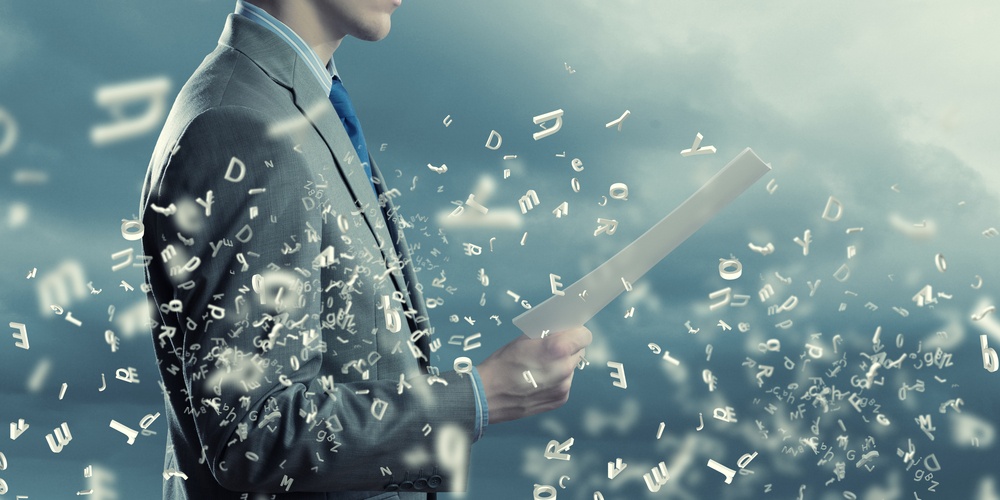In the modern office, there are a lot of processes and devices that make life easier. Some are obvious: card authentication, cloud backups, the break room coffee maker. But others are invisible by design. By design, they do the heavy lifting in the background so you don't have to worry about it. One of the greatest unsung heroes of invisible processes is optical character recognition, or OCR.
What is optical character recognition?
Optical character recognition, or OCR, is the process by which an image of printed text is electronically converted into a format that a computer can understand so that the text can later be indexed, searched or edited. For example, when you typically scan a document into your copier, the result you view on your computer screen is static image, most likely a PDF. You can't highlight the text, search through it or even edit it. However, if that same document is put through an OCR process when it's scanned, the text then becomes searchable and even editable because the OCR engine "read" the letters and words on the page and converted them to something the computer could understand.

Early applications of OCR can be traced as far back as 1913 with a device like the optophone invented by Dr. Edmund Fournier d'Albe. The optophone read the black ink of characters on a printed page and converted them to sound for the blind.
Read More: What is Electronic Document Management?
How does optical character recognition work?
Initially, OCR engines had to be "trained" by programmers to recognize letters and words, one by one, one font at a time. Of course this was slow and the applications were limited by what the engine was programmed to know. Modern OCR technology, however, uses complex algorithms and artificial intelligence leading to a far greater degree of speed and accuracy --and all invisible to you!
What can I do with OCR?
Great question! There's a good chance your office probably already utilizes OCR technology. For example, say you scan a printed invoice from ABC Company for the amount of $4,312.98 from your copier into an accounts payable system onto your computer or company's server. Later, you want to review some details on the invoice and you search "ABC Company" and "$4,312.98" to easily bring up that particular invoice. This was made possible by OCR.

Another situation might be your boss hands you a printed document, says there's some typos and mistakes in and wants you to correct them. Instead of retyping the entire document, you can scan it in at your copier, convert it into an editable PDF or Word document with OCR, make the corrections and then print it out for your boss. Easy!
OCR can also be used in conjunction with workflow software. For instance, when a document with the word MEMO printed at the top is scanned in, the OCR engine can read the memo title, and then workflow software can automatically file the document into a memo folder on your company's server.
Read More: 7 Ways Ricoh GlobalScan NX Streamlines Your Documents
Optical character recognition is a little like the wind. You never see it, but it can be very powerful. OCR can be used in an electronic document management system like Laserfiche, or utilized right on your work copier using software like Ricoh GlobalScan NX. And you're in luck because A&A Office Systems is an expert at implementing both!
Now that you know about OCR, why not contact A&Aand learn a little about the other great advancements powering your workplace!
